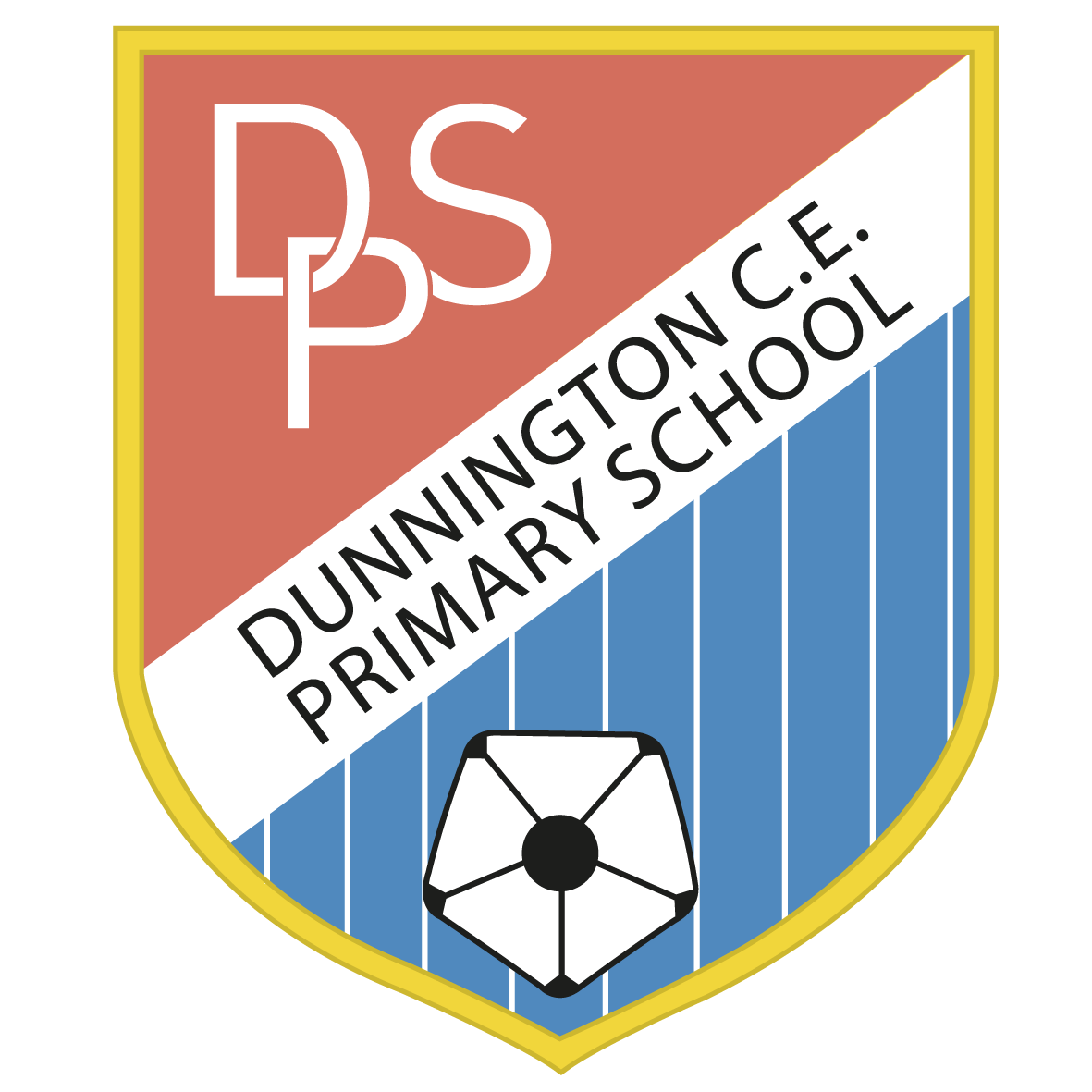There are many ways that you can help to support your child’s learning at home. One of the most important things you can do is to read with and to your child – as often as you like!
Early Reading and Writing
As you are aware, we are now using the Little Wandle scheme for all of our Reception and Year 1 Phonics and Reading lessons. As a result, the way we share reading books with you has changed.
‘Sharing stories’, which your child has picked, will be brought home each week for them to share with an adult and will usually be changed on a TUESDAY moving forward. Please ensure it is returned to school each Tuesday in the bookbag. Your child’s school decodable book, matched to their secure Phonics knowledge will then become available on the E-library each FRIDAY.
Please ensure your child’s reading record and book are in their bookbags every day so that we can change books. Please leave a comment, or just initial in the ‘Comments’ section so that we know your child has looked at the book with you.
As your child continues to learn more letters and sounds and tricky words, we may send home extra words for you to practise blending and reading. Please spend just a few minutes daily with your child recognising and reading these words. Please leave a comment on the Phonics page of your reading records so we can see how they are getting on at home.
The video below explains in detail how we teach ‘Early Reading and Writing’ at school.
Below is a document full of games and ideas that you can use at home with your child.
Early Number Sense
In maths, there is a real focus on achieving depth of knowledge and making sure your child has a true sense of number. It may feel that we are going ‘slowly’ with our teaching, but please be assured that we are doing this to lay the foundations for the maths work your child will go on to complete during KS1 and beyond.
We will begin by focusing on matching and sorting, making comparisons and exploring pattern. We will then move on to learning to recognise, count and order numbers to 10 initially and later to 20. They will learn to add and subtract with objects and fingers, by counting forwards and back and then mentally. They will recognise and describe 2D and 3D shapes such as square, circle, triangle, cube, cuboid, sphere, cone and pyramid. Children will also learn to measure and compare in length, weight, time and capacity and use appropriate mathematical language.
The video below explains in detail how we teach Early Number Sense at school.
If you have any queries about anything here, please do get in touch and we can help you.

